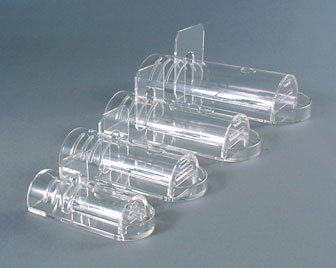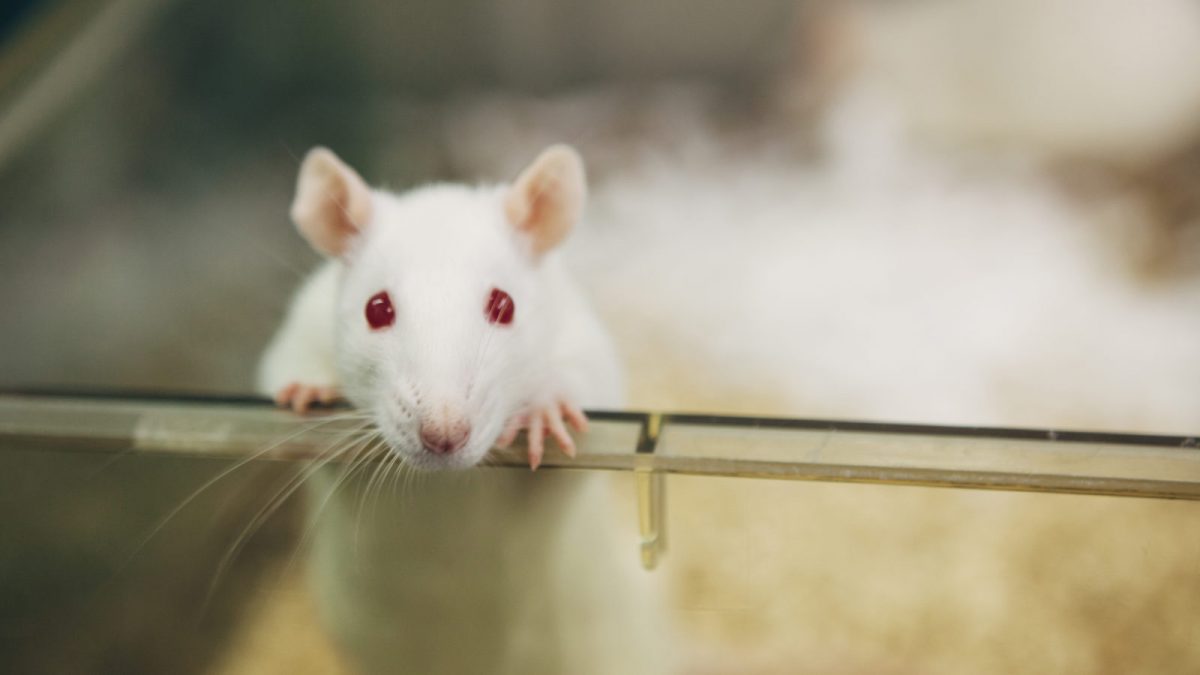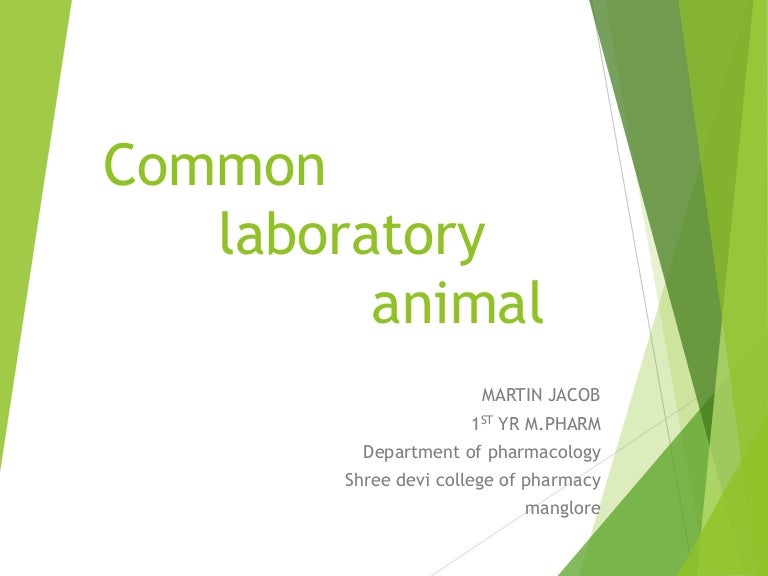Interpreting an Animals Body Language and Behavior Change in environment may cause behavior pattern to change Communication by the animal about how it feels toward other animals people and its environment Determines how easy or difficult an animal may be during handling and restraining. Although there are significant species differences when handling and restraining a laboratory animal there are several important concepts that apply equally to all species.
House laboratory animals for breeding as stock or for procedures other than surgical.

How to handle laboratory animals. Animal facilities and pose a hazard to personnel. Used needles syringes and scalpels should be disposed of in sharps containers that are located throughout the laboratory animal facilities. Everyone in the laboratory animal facility has a responsibility to know how to handle potentially dangerous objects and how to properly store these items.
Potential hazards include chemicals such as commonly used sterilant. As with other species hectic and jerky move-ments should be avoided. Includes manuscripts that detail how to handle and care for laboratory animals.
Use one hand to hold the tunnel and the other to guide the animal. General principles for animal handling. Injections and Blood Collection.
Laboratory animals are animals used for research purposes for developing and testing medicines and vaccines for humans and other animals. Care and Handling of Laboratory Animals. The international journal of laboratory animal science technology welfare and medicine Laboratory Animals publishes peer-reviewed original papers and reviews on all aspects of the care and use of animals in biomedical research.
Laboratory animal handlers have a strict obligation to consider the safe handling and disposal of their animal waste streams. Time should be given to animals to investigate the handlers hand and become adapted to the smell of the gloves. Handling is generally restricted to individual or group transfer from cage to cage during cage change or to transfer of animals from and to the experimental envi-ronment.
To deal with an animal in a direct or indirect way and with or without touching the animal is termed as Handling. Approach an animal slowly but purposefully. Handle animals gently but firmly.
The journal promotes improvements in the welfare or well-being of the animals used it particularly focuses on research that reduces the number of animals used or which replaces animal. Rats respond to considerate and skilful handling and time and effort spent here will pay dividends during the course of the experiment in the form of more relaxed animals and in some cases better and more reproducible experimental results. Animals should be handled regularly and fully famil- iarized with the methods of restraint to be used later.
Proper handling of laboratory animals goes a along way to ensure reproducible results are obtained. Handling Place one hand across the back of the animal with thumb behind the shoulder and the other fingers well forward on the opposite side Lift the animal gently and support its weight with other hand placed palm uppermost under the hind quarters. In general major surgery and euthanasia should not be performed in rooms where animals are normally housed or where other conscious animals are undergoing procedures.
It is their responsibility to evaluate the hazards assess the risks and choose an appropriate strategy. Institutions should employ people who are trained pharmacologist veterinary scientists for handling laboratory animals and should provide both formal as well as some on-duty training to ensure the proper handling of animals for which certain refresher training as well as induction programmes are run by certain animal welfare committees in different institutes and universities. O Handling of laboratory animals o Breeding and housing practices in laboratory animals o Feeding and watering practices in laboratory animals o Transportation of laboratory animals o Sample collection blood and tissue from laboratory animals o Anesthesia euthanasia and post-mortem of laboratory animals o Handling of carcass and its disposal.
Yes it can be done but you basically have to sterilize everything the mice encounter - sterile bedding sterile cages - including tops and wire racks sterile water bottles with sterile water. Surgery from which animals are to recover will normally be carried out. When an animal is immobilized by keeping itself or its body parts in a relaxed and secure position by using hand or physical device is known as Restraint 7.
With good technique animals can be confined immediately and it takes no longer than other methods. Animal Handling. Gently tip animals from the tunnel backwards directly onto the surface or hand a smooth plastic tunnel that the animals cannot grip is best.

Experimental Animals Used In Pharmacology Laboratory English By Solution Pharmacy Youtube

Species Specific Laboratory Animal Science Continuing Education Universiteit Utrecht

Federal Laws And Agencies Involved With Animal Testing Animal Legal Defense Fund

24 Questions With Answers In Laboratory Animal Handling Science Topic

Laboratory Animal Handling Products Kent Scientific

Safe And Humane Handling Of Small Mammal Patients Today S Veterinary Practice




0 comments:
Post a Comment